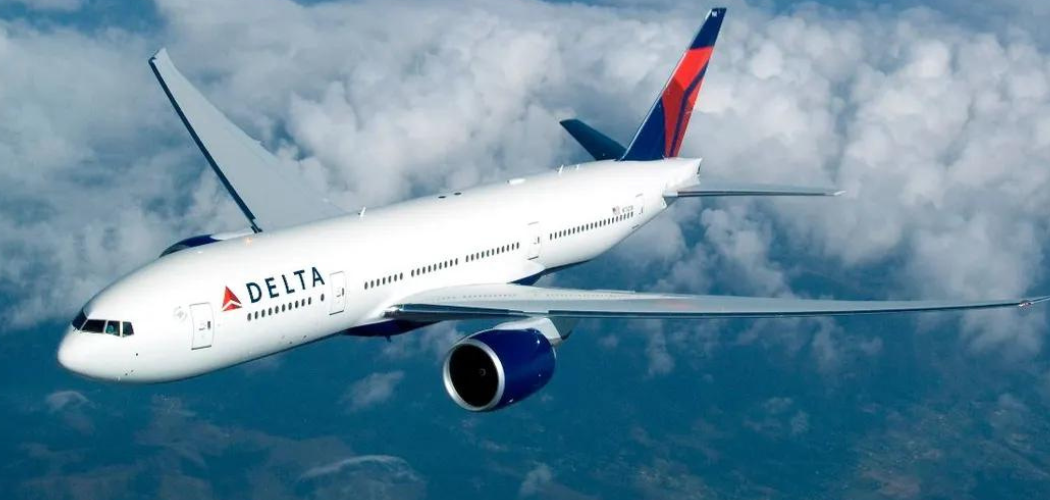Managing reward liability and its spiralling costs has become the single largest challenge for the reward industry, making the need for collaboration between reward providers and merchants greater than ever, according to a survey by Swift Exchange.
The LoyaltyPulse Survey, conducted at the annual Freddie Awards, asked how loyalty professionals rated the challenge of managing liability and programme costs, and 49% said that managing costs has become "very challenging", while 38% believed that managing costs have become "more challenging" recently.
And, when asked to assess the current state of collaboration between reward providers and merchants, 58% of respondents said they saw a "much greater" need for collaboration. Their views on collaboration were also echoed by a strong demand for more flexible reward currencies: of the 82% who consider currency utility outside of core reward provider goods or services to be "important", 47% deemed it "very important".
"Modern-day loyalty programmes have reached the limits of their current technology and methodology," said Richard Postrel, founder and CEO for Swift Exchange. "Fundamental macro-economic issues must be addressed in order to advance this industry into the next generation. What we see is an industry that is ripe for a revolution in technology and methodology."
Among the subset of respondents who identified themselves as reward providers, when asked to select three options from a longer list of things they would most like to change about their loyalty programmes, expanding strategic relationships led with 33%, followed by better differentiation (24%) and expanded redemption capabilities (19%).
When asked to rate the typical loyalty programme's effectiveness at customer retention, a combined 67% responded with either an "acceptable" or "low" rating. And when asked to rank the industry on its success at customer acquisition, a combined 73% responded with either an "acceptable" or "low" rating.
"Existing technology and methodologies are preventing reward providers from overcoming the limitations they face," noted Postrel. "Under the current model, expanding relationships and boosting differentiation seem like the only tactical solutions. Dramatically improving collaboration among merchants and among providers, and between both groups, and increasing discounts on redemption through this broader engagement will allow reward providers to manage the cost of liabilities much more effectively. This will drive down the cost of redemption while simultaneously improving utilization and profitability."
Mobile marketing, meanwhile, was seen as resoundingly important to the longer-term success of the loyalty industry, as more than half (53%) view the mobile platform as a "very important" element of loyalty marketing, and 38% view it as "somewhat important".
Respondents were also asked about proposed changes to loyalty accounting in the US - specifically the development of a single, comprehensive revenue recognition model between FASB and IASB being considered for adoption in 2015. This proposed model would have a material impact on reward providers, who will be expected to significantly change how they account for and reserve funds for their programmes. A surprising 43% had not yet studied the proposed changes in detail, and more than one third of respondents (35%) believed the impact would be small. Only 22% believed the proposed changes in accounting would have a significant impact. "The impact of changes to revenue recognition in the loyalty industry, the US corollary of IFRIC 13, is less of an issue for newer, smaller entrants than it is for larger legacy providers, which have far more reward inventory to account for," observed Postrel.
|
More Info: |




